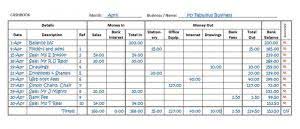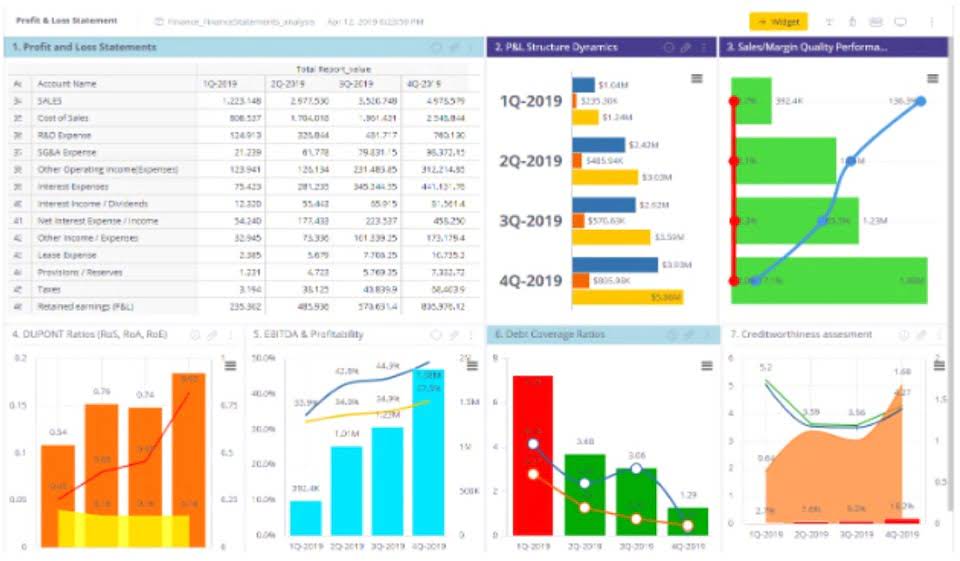
With TurboTax Live Full Service, a local expert matched to your unique situation will do your taxes for you start to finish. Or, get unlimited help and advice from tax experts while you do your taxes with TurboTax Live Assisted. And if you want to file your own taxes, you can still feel confident you’ll do them right with TurboTax as we guide you step by step. No matter which way you file, we guarantee 100% accuracy and your maximum refund. A Taxpayer Identification Number (TIN) is an identification number used by the Internal Revenue Service (IRS) in the administration of tax laws. It is issued either by the Social Security Administration (SSA) or by the IRS.
The Application
The IRS issues ITINs to individuals who are required to have a U.S. taxpayer identification number but who do not have, and are not eligible to obtain, a Social Security number (SSN) from the Social Security Administration (SSA). You will only file a tax return to the address above once, when you file Form W-7 to get an ITIN. In subsequent years, when you have an ITIN, you will file your tax return as directed in the form instructions. The advantage to using Certifying Acceptance Agents (CAAs) is that for primary and secondary applicants (like a spouse), the CAA can certify that your documents are original and make copies to send to the IRS. That way, you won’t have to mail your originals or copies certified by the issuing agency.

TURBOTAX ONLINE GUARANTEES
We can offer you help if your tax problem is causing a financial difficulty, you’ve tried and been unable to resolve your issue with the IRS, or you believe an IRS system, process, or procedure just isn’t working as it should. If you qualify for our assistance, which is always free, we will do everything possible to help you. If you’re required to file a tax return and aren’t eligible for a Social Security number, you need to apply for an ITIN (See the What should I do? section, above). Certain offices can verify passports and national identification cards and return them immediately. A list of these in-person Document Review ledger balance meaning ledger vs available balance Taxpayer Assistance Centers is available on IRS.gov. This allows you to avoid mailing your original documents, or certified copies, to the IRS.
Forms & Instructions
Unlike other forms of ID, ITINs only have one purpose—tax filing and reporting. Having an ITIN number won’t make you eligible for benefits, such as Social Security or earned income credits that provide refunds to some low-income filers. You can file Form W-7, Application for IRS Individual Taxpayer Identification Number (ITIN), with your federal income tax return.
Foreign Tax Credit: Choosing to take credit or deduction
The application — Form W-7, Application for IRS Individual Taxpayer Identification is the income tax voluntary Number — asks details about why you need an ITIN and requires you to send in certain documents to prove your foreign status and identity. ITIN holders must verify their identity through the video chat process and will need a valid email address, proof of ITIN, one primary document and one secondary document. The above article is intended to provide generalized financial information designed to educate a broad segment of the public; it does not give personalized tax, investment, legal, or other business and professional advice. Acceptance Agents are entities (colleges, financial institutions, accounting firms, etc.) who are authorized by the IRS to assist applicants in obtaining ITINs. They review the applicant’s documentation and forward the completed Form W-7 to IRS for processing. You will need to complete Form SS-5, Application for a Social Security Card PDF.
- If you qualify for our assistance, which is always free, we will do everything possible to help you.
- Beginning January 1, 2011, if you are a paid tax preparer you must use a valid Preparer Tax Identification Number (PTIN) on returns you prepare.
- The Form W-7 requires documentation substantiating foreign/alien status and true identity for each individual.
- You must have a PTIN if you, for compensation, prepare all or substantially all of any federal tax return or claim for refund.
You must also include original documentation or certified copies from the issuing agency to prove identity and foreign status. If questions 11 through 17 on Form SS-4 do not apply to the applicant because he has no U.S. tax return filing requirement, such questions should be annotated “N/A”. A foreign entity that completes Form SS-4 in the manner described above should be entered into IRS records as not having a filing requirement for any U.S. tax returns. However, if the foreign entity receives a letter from the IRS soliciting the filing of a U.S. tax return, the foreign entity should respond to the letter immediately by stating that it has no requirement to file any U.S. tax returns.
To apply for an ITIN, complete IRS Form W-7, IRS Application for Individual Taxpayer Identification Number. Form W-7 requires documentation substantiating foreign/alien status and true identity for each individual. An Employer Identification Number (EIN) is also known as a federal tax identification number, and is used to identify a business entity. It is also used by estates and trusts which have income which is required to be reported on Form 1041, U.S. Refer to Employer ID Numbers for more information.The following form is available only to employers located in Puerto Rico, Solicitud de Número de Identificación Patronal (EIN) SS-4PR PDF. The Taxpayer Advocate Service is an independent organization within the IRS that helps taxpayers and protects taxpayers’ rights.
You can apply for an ITIN by bringing your completed forms and documentation to any IRS Taxpayer Assistance Center office. The staff can help you complete an application and will submit it for processing. A certified copy is one that the original issuing agency provides, and certifies as an what is a transaction analysis exact copy of the original, and contains an official stamped seal from the agency. Certifying Acceptance Agents and many Taxpayer Assistance Centers, discussed below, may also certify certain documents. An Individual Taxpayer Identification Number (ITIN) is a tax processing number issued by the Internal Revenue Service.












.jpeg)







.jpg)
.jpg)
.jpg)
